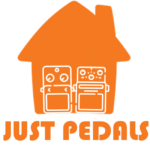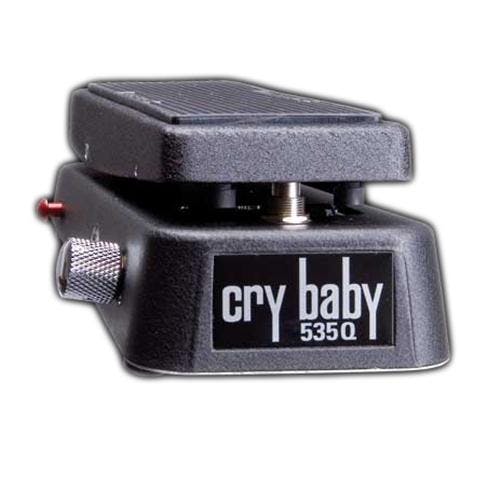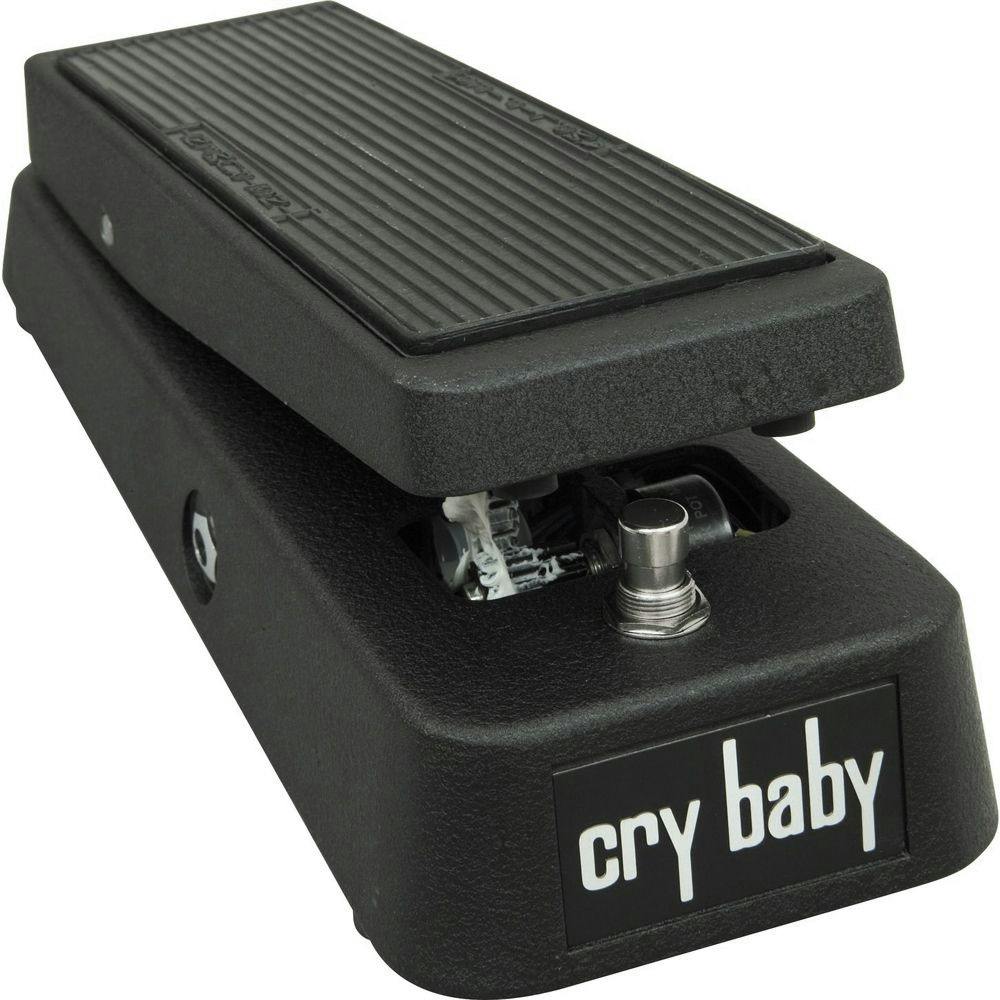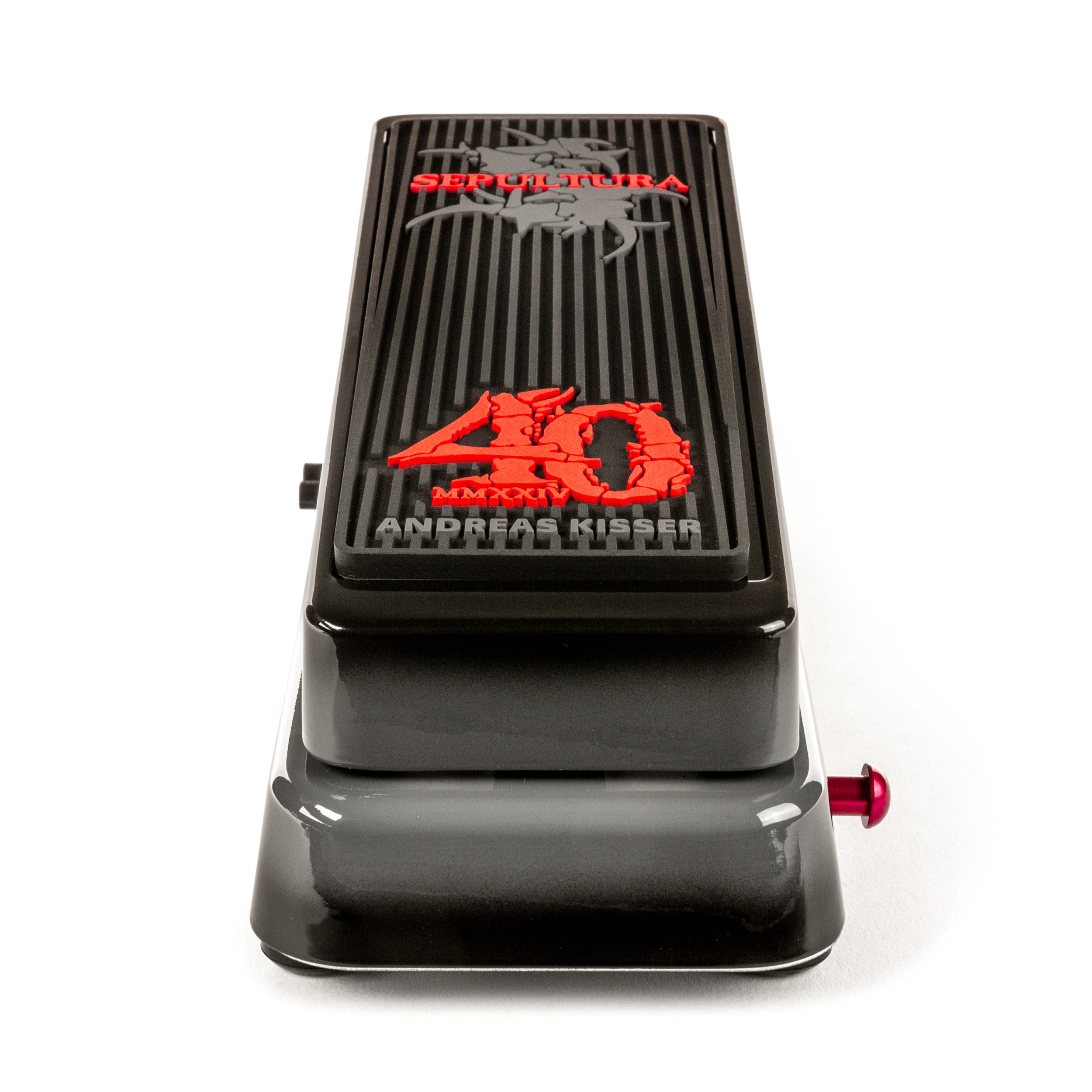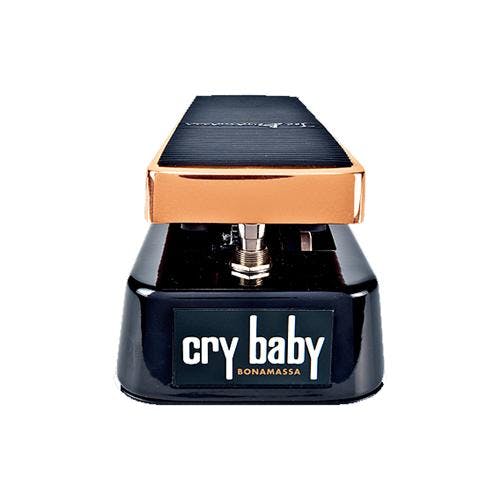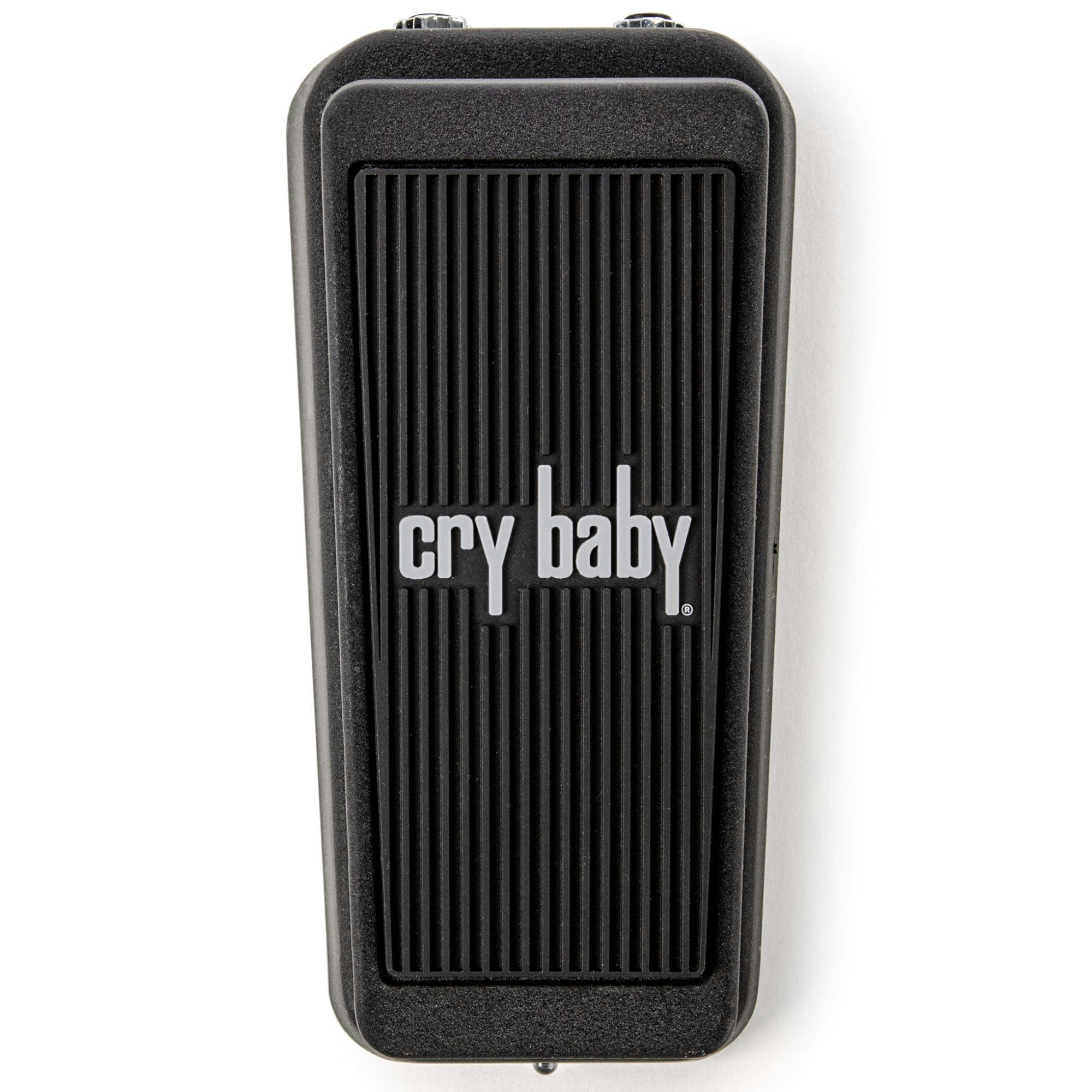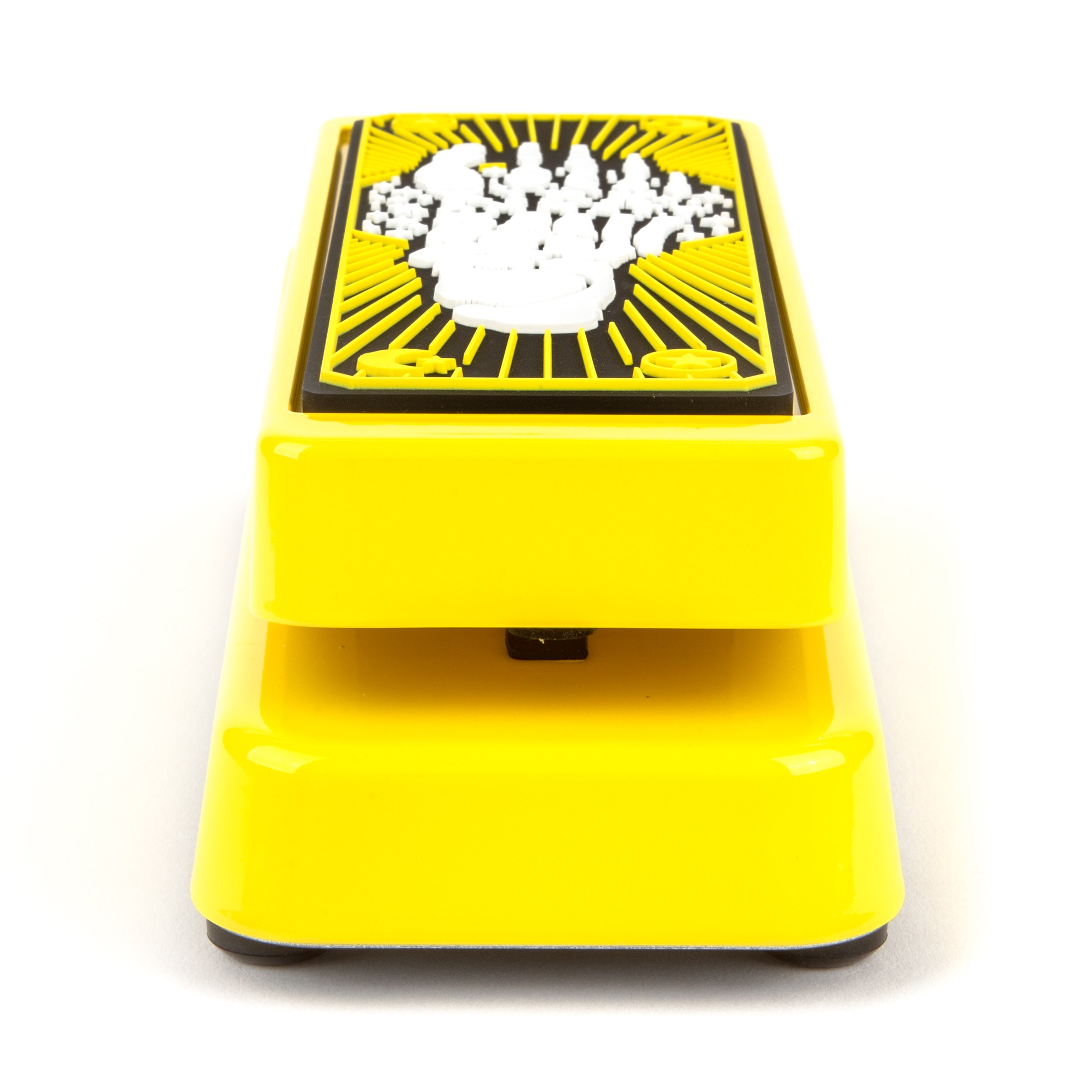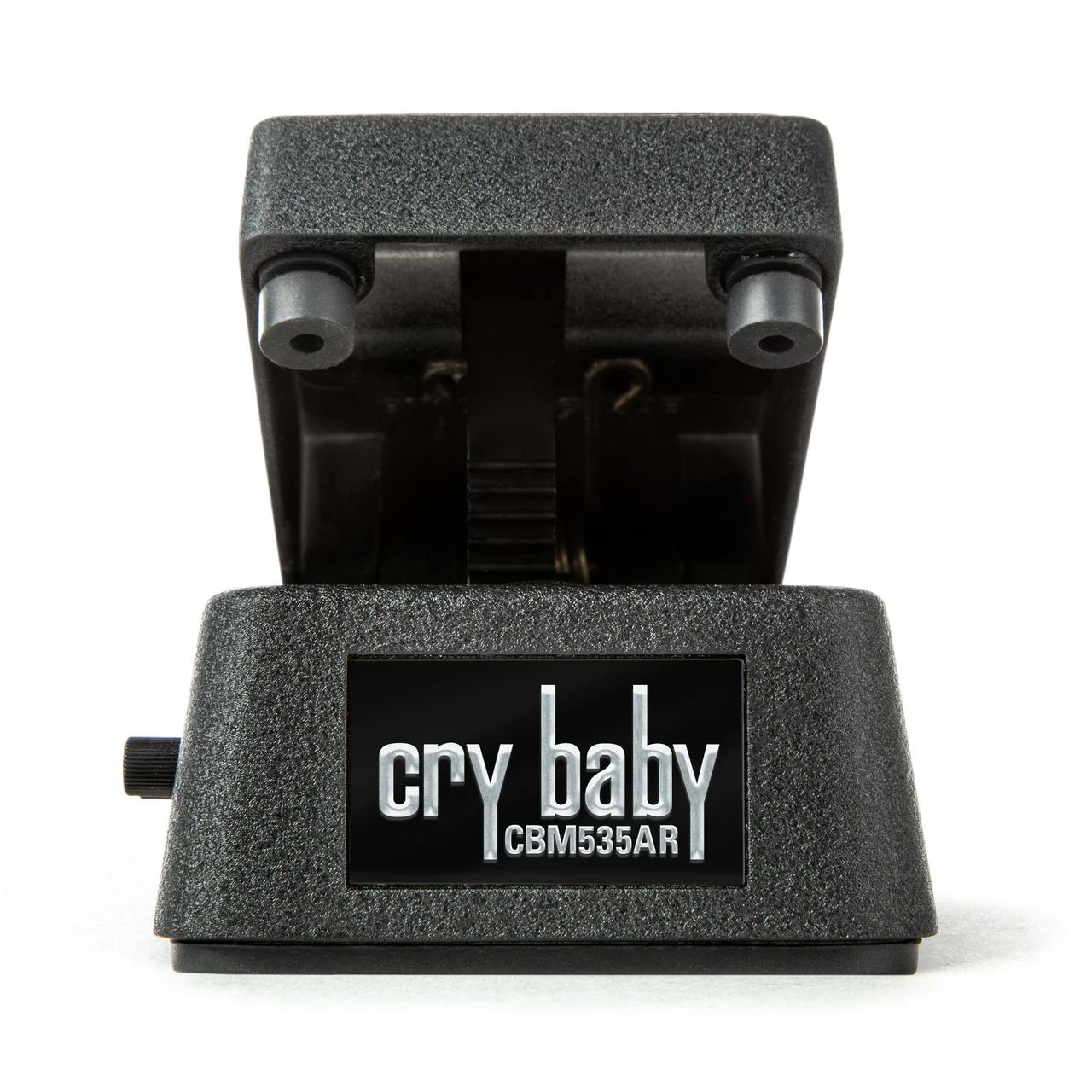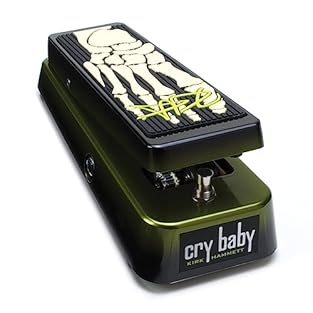Description
The Jim Dunlop 535Q Cry Baby Wah Wah Pedal is back in stock. Delivered fresh to the door in time for Christmas, made by Jim Dunlop little helpers, arriving with all the warranties and all toppings included. This is just a great pedal from a great brand, its available and in stock. Pedal Wah Wah Baby Cry 535Q Dunlop Guitar Effect Pedal.
Jim Dunlop 535Q Crybaby Wah Wah Pedal
For those that want the Crybaby sound with the ultimate tone shaping control, check out the Jim Dunlop 535Q Crybaby Wah. It features a frequency center control and a “width” control to allow you to choose between a wide sweep (or “Q”) for a narrow, more subtle effect.
Here’s what Jim Dunlop say about the Crybaby 535Q Wah
The Crybaby 535Q is the Swiss Army knife of wah pedals. It provides control over the most important wah parameters, making it easy for you to create your ultimate wah tone. Select the frequency center of the effect, then dial in the frequency range to be swept by the pedal. From narrow and sharp to broad and subtle, this powerful wah will deliver it.
Once you’ve got your sound, make sure it gets heard with the adjustable, switchable boost that can create endless sustain on any note. This is the wah pedal of choice for guitar master Joe Satriani. The 535Q offers versatility never heard before. This pedal allows the player to customize and shape the sound of the wah. By a simple turn of the “Q” dial, you can shape your wah from a narrow, sharp wah to a broad, subtle wah. Powered by the Dunlop ECB-003 or 9 volt battery.
The CRYBABY 535Q also offers six new guitar wah ranges, a variable boost from 0 to +16 dB and a hard wire on/off switch. It’s new custom circuitry consumes less power and eliminates unwanted distortion.
. Available from Just Pedals for only £189.99 + delivery. Read More for details, demos & to order securely online.
